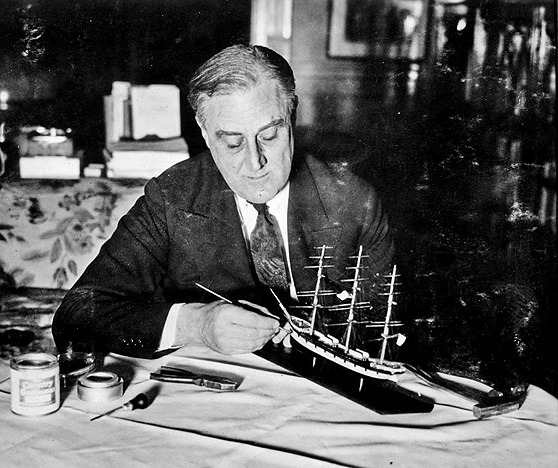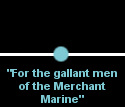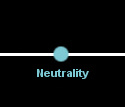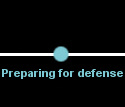Neutrality
With costly lessons learned from the First World War, the United States government under President Roosevelt was determined to stay out of a second global conflict. The Neutrality Acts of the 1930s passed as a series of regulations on shipping, ensuring that the U.S. would not be drawn into the escalating conflict in Europe and Asia. By 1939, American ships were banned altogether from entering war zones designated by the President. These restrictions left thousands of American seamen "on the beach," and out of work in New York City. While the government attempted several relief plans, converting mercantile ships to weather vessels and establishing temporary training schools, unemployed seamen gathered to protest the lack of jobs in front of the U.S. Maritime Commission. James Dickinson, an unemployed seaman who planned to look for work in the steel industry, summed up the majority opinion along the waterfront in the winter of 1939: "There’s no such thing as neutrality. It’s all phony. We’re for one side or another. What we want is to sell stuff." See The World Telegram 1939 November 6; The New York Herald Tribune 1939 November 17; the Journal of Commerce 1939 December 26.














